Content by Tong Wang

Crop Hour
SDSU Extension Crop Hour webinars provide valuable information for South Dakota crop producers to help them improve their profitability and prepare for the upcoming season.
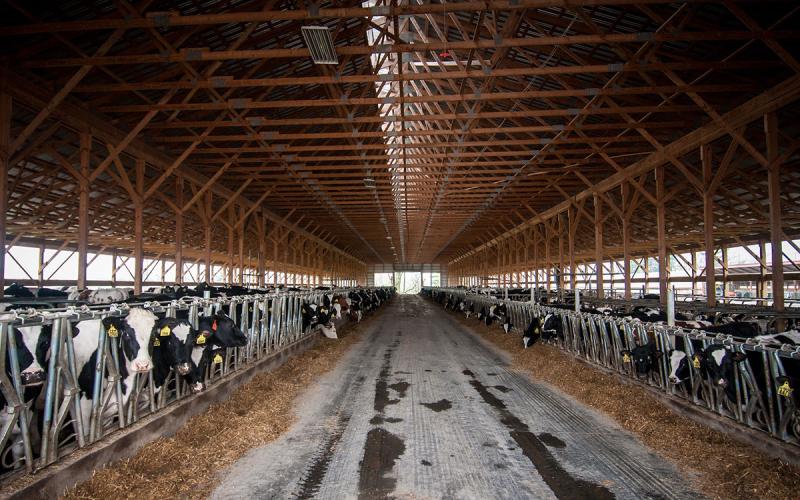
Dairy Production in South Dakota: Growth and Consolidation
Research has found continued growth in dairy production in South Dakota over the past two decades, with most growth concentrated in large operations in Eastern South Dakota, indicating a trend of consolidation with large farms in concentrated regions.

Adoption of Precision Agriculture Practices in South Dakota
Findings from the 2022 Agriculture Census along with a recent regional survey revealed insights into precision agriculture adoption throughout South Dakota, including which technologies are being most widely being adopted.
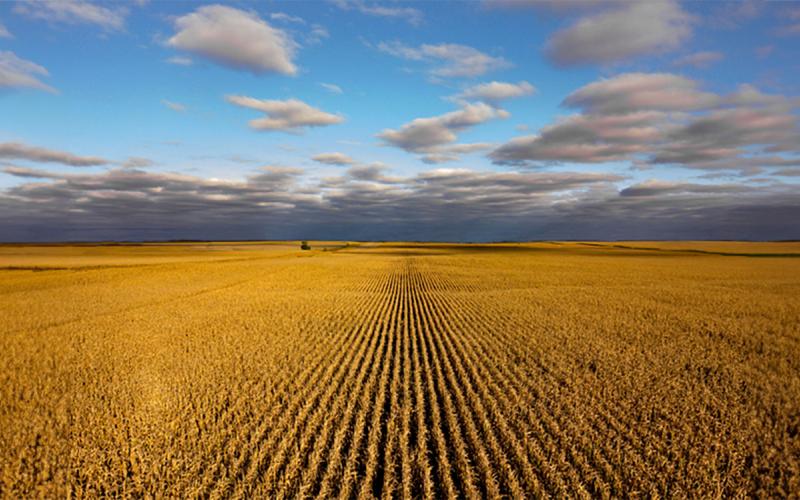
Large Farms Continue to Dominate South Dakota Crop Production
Based on the 2022 U.S. Census of Agriculture, large-scale farms operate more than two-thirds of the total cropland acres in South Dakota. Learn some expert insights about the trends driving this development.
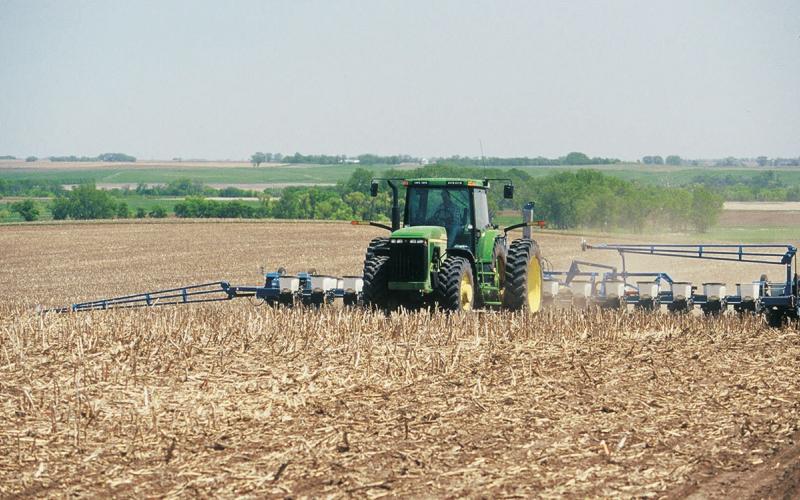
Conservation Practices Increasing in South Dakota
The recently released Agricultural Census data of 2022 shows that the share of cropland acres under conservation practices has continued to increase in South Dakota.
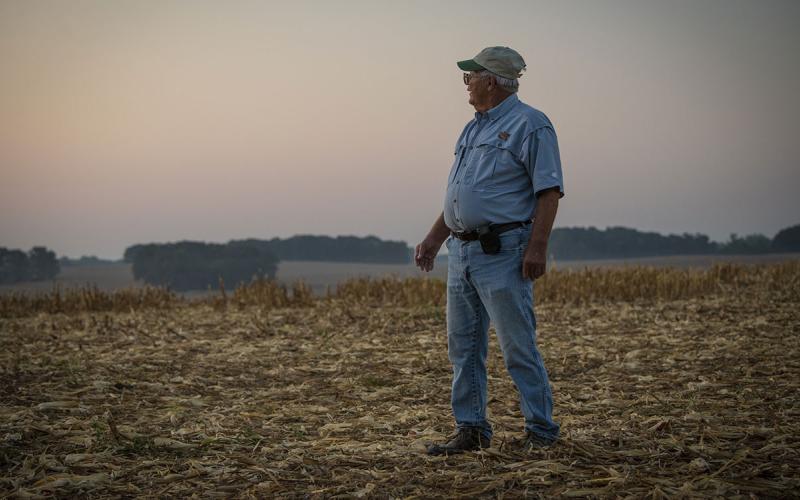
Farming Practice Comparisons in South Dakota: A case study across the fence and implications for the future
This extension study intends to provide some new insights on the financial and carbon storage comparisons between neighboring farms using conventional farming versus conservation practices (mainly no-till and cover crops).
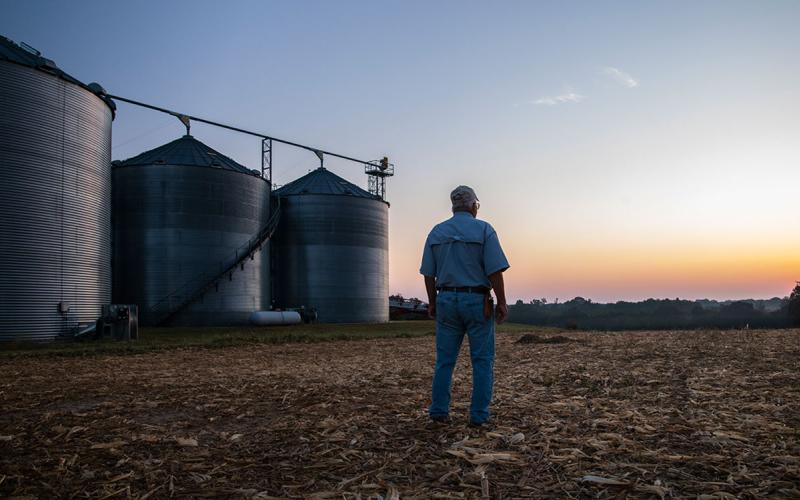
Carbon Markets and Opportunities for Farmers
There is growing interest in paying farmers for regenerative agricultural practices as a means for sequestering carbon. Learn about some of the benefits and challenges that carbon capture opportunities offer for producers.
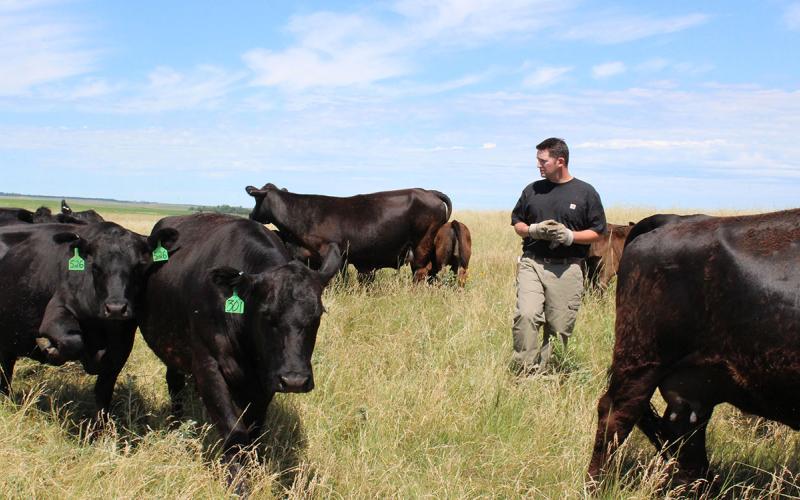
Management-Intensive Grazing Plays a Key Role in Expanding Grass-Based Agriculture
By improving livestock carrying capacity and reducing feed costs, grazing strategies at greater management intensity have the potential to improve grass-based livestock production profits.
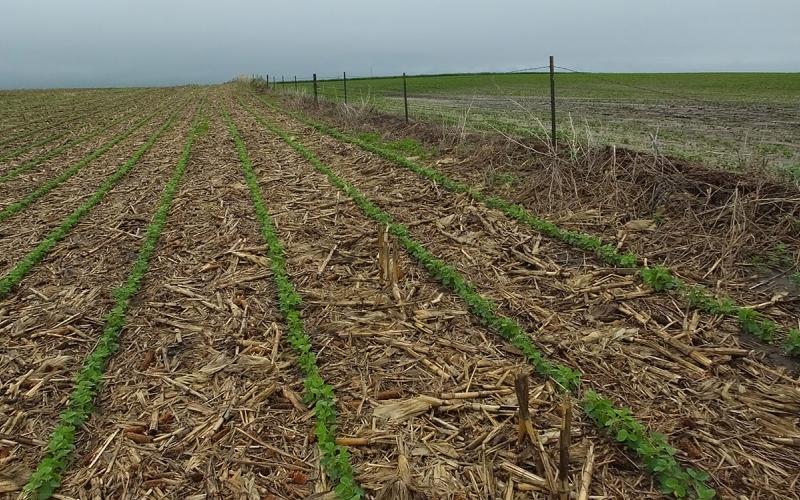
Economics of Different Crop Rotation Systems in South Dakota
Economic returns are an important factor to consider when selecting crop rotation systems.
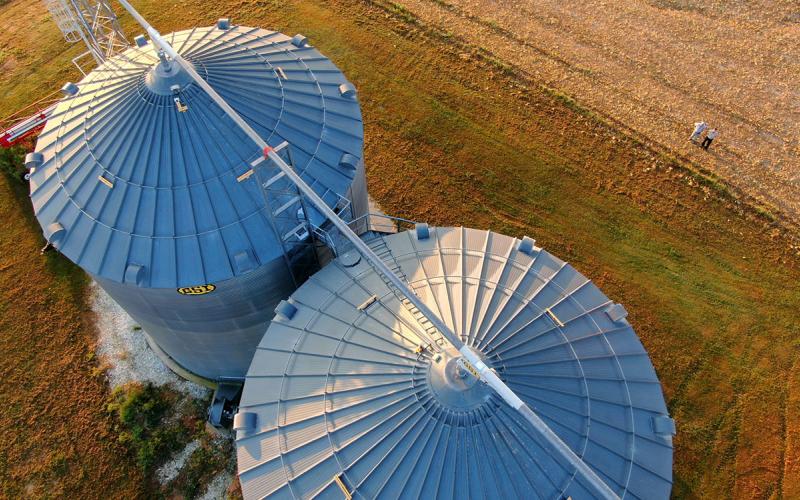
Managing Production Costs To Boost Soybean Profitability
Soybeans are one of the major crops in South Dakota in terms of both acres planted and sales values. To determine the potential to increase net profit from soybean production, individual producers are encouraged to compare their own yields and input costs with benchmark levels.